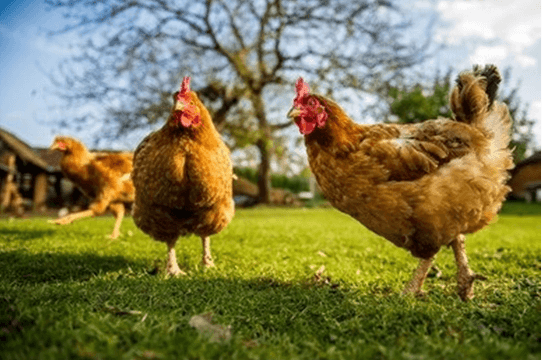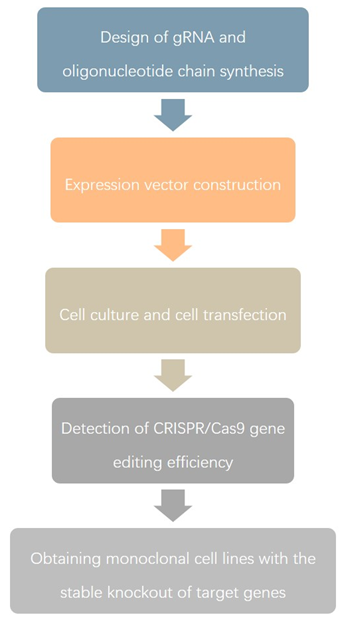The chicken (Gallus gallus domesticus) is a subspecies of the genus Gallus that has been domesticated by humans. Domestic chickens were originally domesticated as poultry to provide a cheap and high-quality food source of animal protein and are the most abundant and widely distributed of all domestic animals and poultry. Poultry meat accounts for 30% of global meat consumption, and this high consumption is associated with the price and high nutritional value of chicken meat.
Besides, chicken, as a classical model of developmental biology, is widely used to explore the specific regulatory mechanisms of genes in the process of cell differentiation due to its easy access and a large number of chicken embryos.

Since 2012, the discovery that the CRISPR/Cas9 system can act in vitro has caused a revolution in the scientific community, and we have attempted to apply this system for gene editing in a variety of different species, including mouse, rat, zebrafish, wheat, rice, pig, rabbit, monkey, cattle, and sheep.
The unique reproductive physiological characteristics of birds make it impossible to apply traditional transgenic technologies to birds efficiently, so Lifeasible provides chicken genome editing technology mediated by CRISPR/Cas9, enabling us to perform gene editing in chickens, which provides a powerful method to study the molecular mechanisms regulating chicken development, regulation of chicken growth performance, and prevention and control of avian influenza.
Lifeasible can use CRISPR/Cas9 technology to construct sgRNA knockout plasmids targeting target genes, co-transfect chicken cells, and screen single-cell clone strains, and then screen them by genotype analysis, target genome sequencing, and other assays, thus finally successfully obtaining target gene knockout chicken cell lines.
 Figure 1. General procedure for knockout of target genes in chickens using CRISPR/Cas9 technology.
Figure 1. General procedure for knockout of target genes in chickens using CRISPR/Cas9 technology.
Chickens are the main reservoir of influenza viruses and the main cause of mass outbreaks of avian influenza viruses. Based on gene-editing technology, Lifeasible can remove a small fragment of chicken cell DNA responsible for producing the ANP32A protein (a protein that the virus "hijacks" to help it replicate itself during infection with the avian flu virus), thereby cutting off the influenza viruses' vector. This way, chickens that have been genetically edited will not be infected by the bird flu virus.
Reference
Lifeasible has established a one-stop service platform for plants. In addition to obtaining customized solutions for plant genetic engineering, customers can also conduct follow-up analysis and research on plants through our analysis platform. The analytical services we provide include but are not limited to the following:
Get Latest Lifeasible News and Updates Directly to Your Inbox
Adaptive Evolutionary Mechanism of Plants
February 28, 2025
Unraveling Cotton Development: Insights from Multi-Omics Studies
February 27, 2025